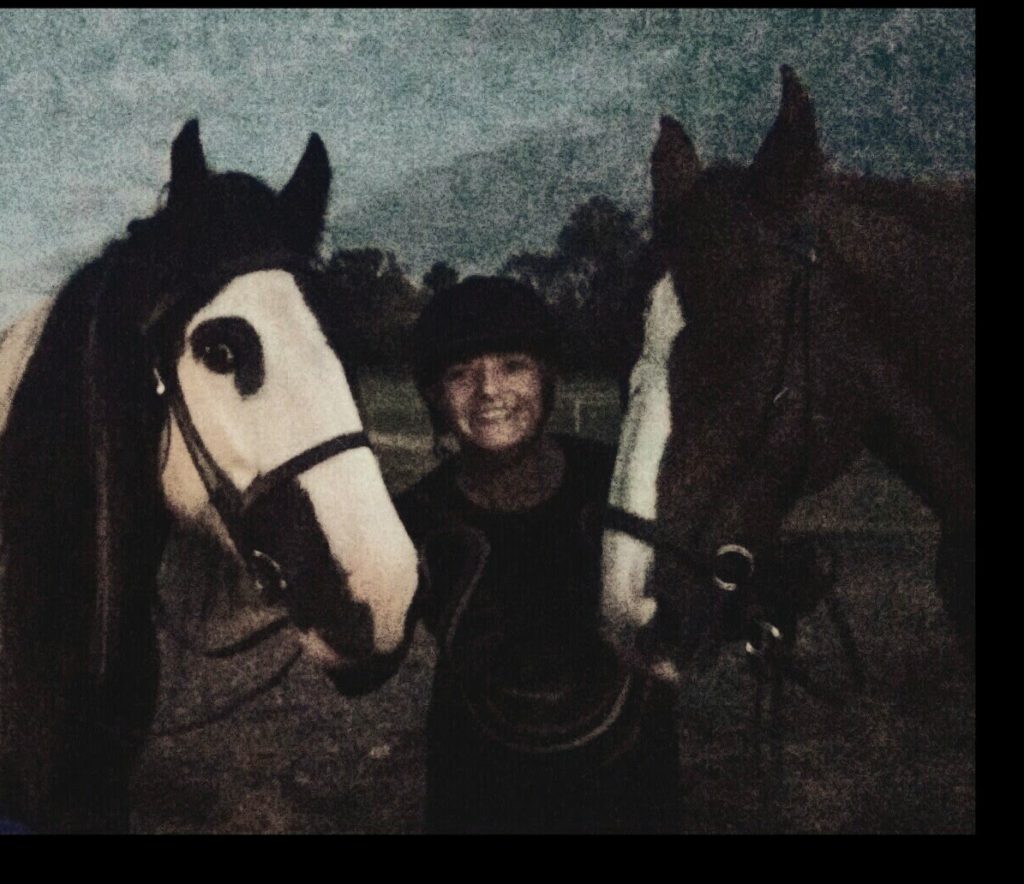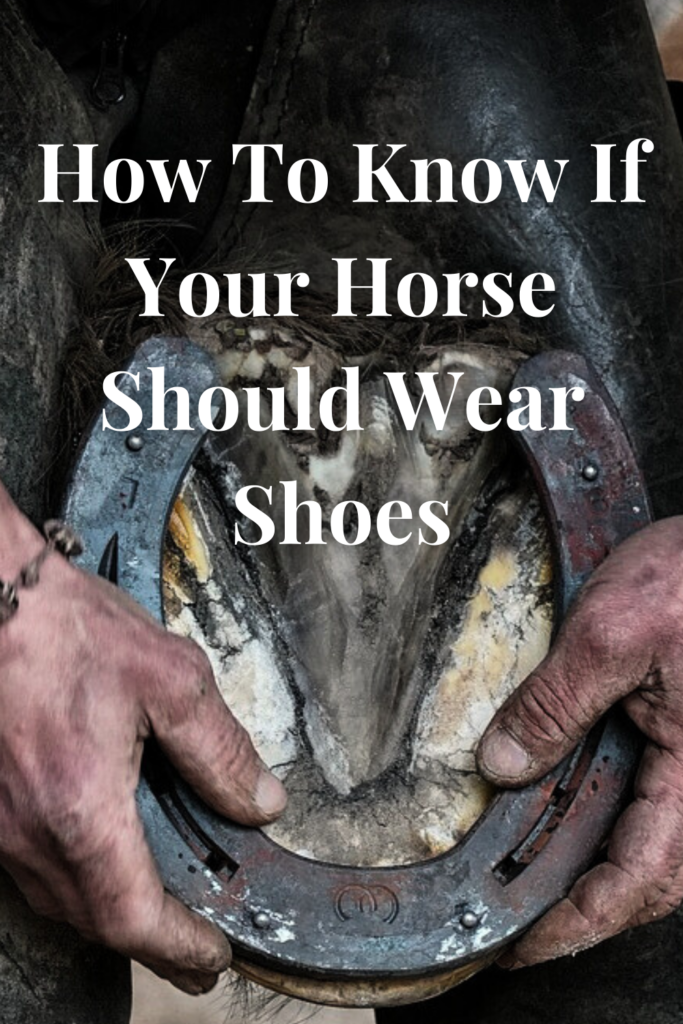
Thoughts on Shoeing Your Horse
Just the other day, while Pirate and Denver were being trimmed I was talking to my trainer about putting shoes back on my Saddlebred, Denver. For most of his life, Denver wore shoes year-round. In addition to ring work, we went trail riding, and participated in a hunter pace or two. A few years ago, I started giving him a break from shoes during the winter months. I’m mostly a fair weather rider, so I thought he would enjoy being “foot loose and fancy free.” Well… as things seemed to be going okay, I refrained from putting shoes back on him at all. He’s been shoe-less now for several years.

The only downside that I’ve noticed is a tendency for him to be a little “ouchy” on gravel roads. Interestingly enough the smaller stones seem to bother him more than the larger ones. Since I’ve decided to increase my time on the trail this year, I’ve been considering whether I not to have him shod.
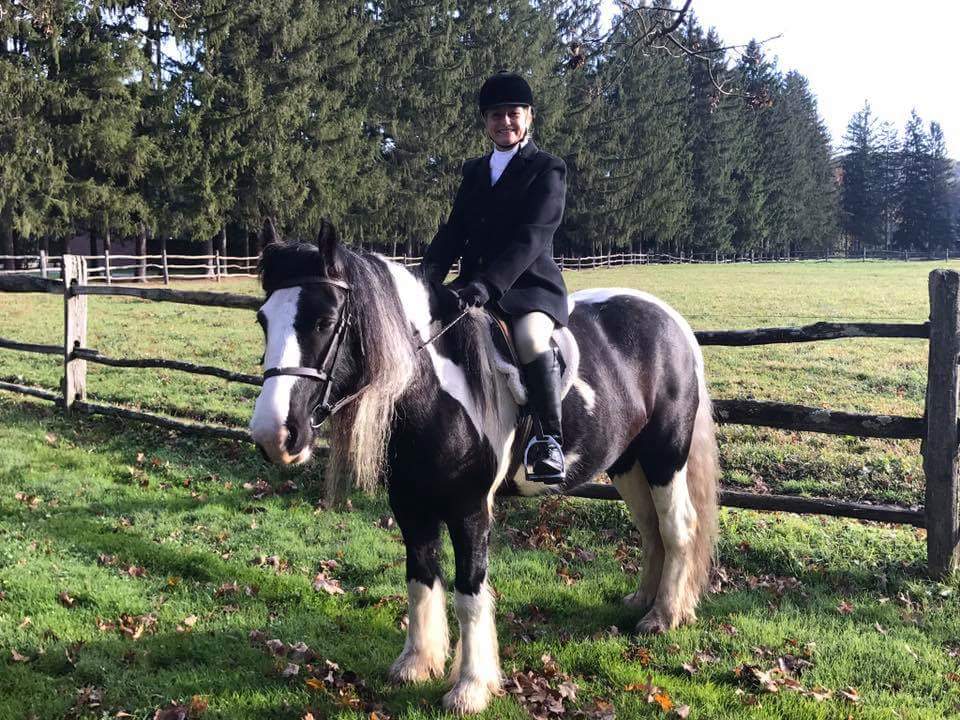
Pirate, who is a Gypsy Vanner, has the rock solid hooves of a draft breed. He has never worn shoes & I’ve taken him fox hunting over some pretty rough terrain here in the mountains of Western Pennsylvania. He did just great with all of it, but I did notice that just like Denver, he is a little “ouchy” on roads with small stones. Last year, I decided to shoe Pirate on the fronts.
Horses wearing shoes creates difficulty…as we all know. They come off or loose at the most inconvenient times. It’s not always possible to get a farrier out when you need them…even if they’re on speed dial! I started doing some research on this issue, and came across an article on Nelipot Cottage that brought up some very interesting points.
Horse’s feet are meant to flex, in order to absorb the concussion of landing, and are also designed to slide a little before gripping, to protect the bones of the foot and the more precious bones and ligaments above.
And without shoes, there’s the benefit of the horse’s own natural gripping mechanism. The horse’s hoof is beautifully designed to function on all surfaces when healthy. A concave sole with a pointed toe allows the foot to dig in for extra lift. The fully developed spongy frog provides grip, slows the sliding and acts as a cushion shock absorb-er, a bit like Nike Airs, that also helps to pump blood back up the limb.
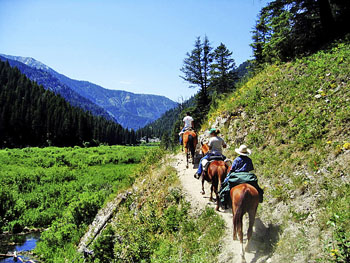
Keeping ridden horses barefoot also ensures that they have the benefit of optimal proprioception when we humans are on board. Proprioception is ‘the perception of awareness of the position and movement of the body’, and a key component of the information required for the horse, or any animal, is the ability to feel the ground beneath their feet. The ability to access and use that information to adjust to uneven or challenging terrain is an essential part of balance and of healthy movement. Our human shoes are mostly supple and flex with our feet; horseshoes generally are not. I often think being shod must feel like being permanently stuck ski boots with a completely rigid sole that does not flex at all.
And can you remember how cold your feet get in ski boots, or even in wellies, in winter? That feeling when your feet are like blocks of ice, solid lumps with no fine touch sensation and it’s difficult to wriggle your toes? And you feel like you are walking on chunks of solid flesh rather than a fully functioning foot? That feeling is caused by impaired circulation; in the cold the blood flow to our extremities is reduced to prevent us losing excessive heat from those areas. The foot goes numb, and is less functional.
Thermal imaging allows us to compare the temperature difference, and therefore blood flow, between a shod foot and a barefoot hoof.
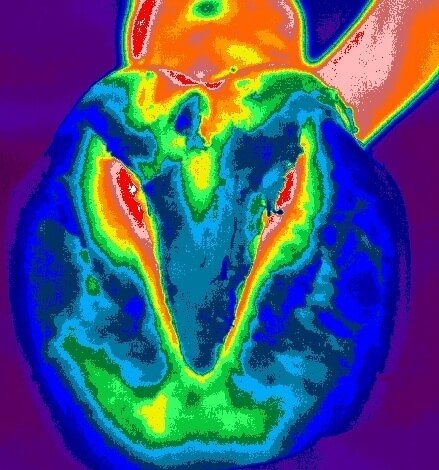

Immobility leads to impaired circulation. When your feet are cold you wiggle your toes to get the blood going; likewise a functioning equine foot flexes and contracts as it contacts the ground, pushing the blood around the hoof and limb.
The horn is still a living substance, more solid than our foot but certainly not rigid as we are led to believe.

What do steel horseshoes do? The rigidity of the steel limits the natural flexion of the foot, converting a conformable, dynamic structure into a fixed, immobilized structure. The nails and the tightness of the shoe impair circulation; even if the shoes are beautifully fitted to the hoof on day one of the shoeing cycle, as the hoof grows, the shoe and the nails become restrictive. Just observe how much the hoof grows out of shoes during your winter shoeing break compare to how slowly it grows in between shoeing cycles.
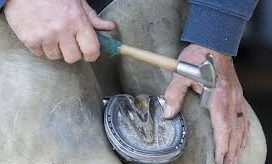
The impaired circulation from restrictive shoeing mimics chilled toes; the horse therefore suffers from impaired proprioception, both from cold feet and from being deprived of crucial mechanical contact between the sole of the foot and the ground.
In a healthy foot, the frogs act as extra pumps, moving blood around the foot and back up the limb, and also acting as a hydro-static shock absorption mechanism. A cadaver model has actually shown that a barefoot hoof absorbs nearly ALL the concussion created by landing the limb, and therefore very little force is transmitted further up the limb, minimizing damage and wear on the rest of the joints.
http://www.healthyhoof.com/articles/concussion_study.php
Another interesting fact is that steel horseshoes vibrate at the exact same frequency that causes the industrial injury “vibration white finger” in humans. It’s a frequency that causes necrosis or tissue death. Not all shoes do this- Cytek and other plastic shoes don’t have this effect, nor do aluminium racing plates. But steel horseshoes do.

My first horse, “Wimsey” had a propensity to overreach with his hind foot and pull off his front shoes. This led to hoof damage, and countless rounds of experimenting with different shoes and trimming. We finally found the answer in aluminum shoes! I have no experience with plastic shoes, but they may be a good alternative.
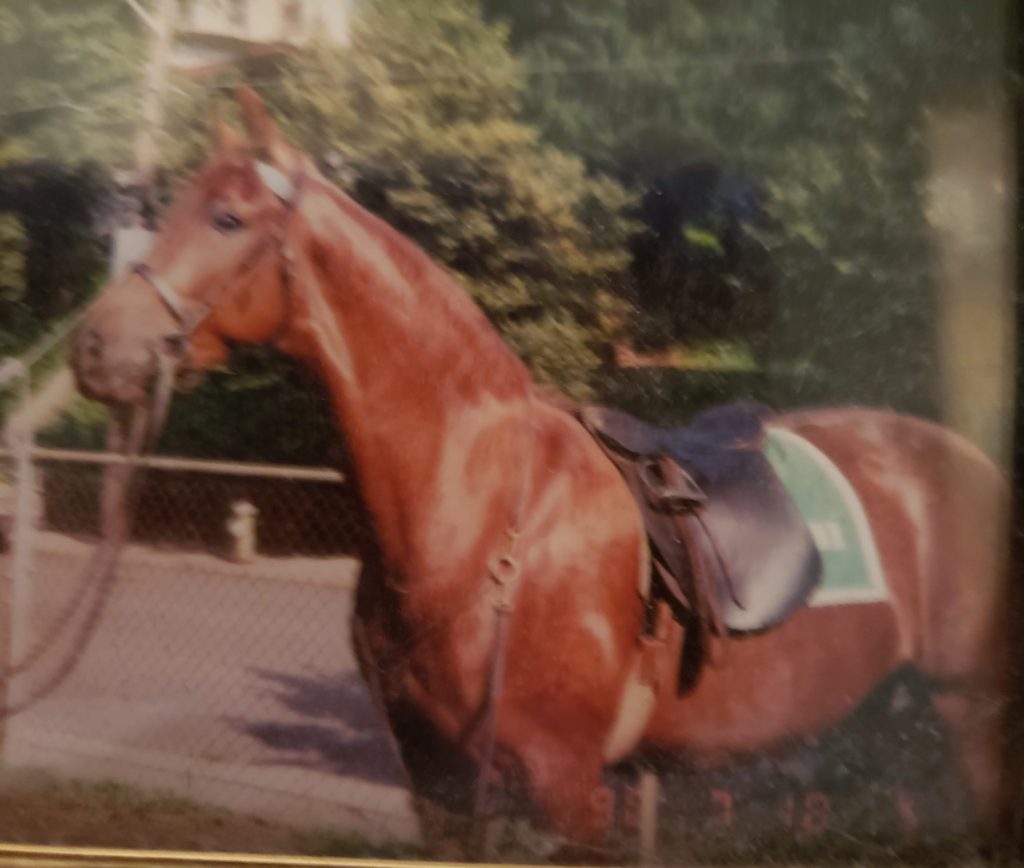
What are the disadvantages of keeping ridden horses barefoot? The main problem that I have observed is that we get instant feedback about how fit, well and sound our horses are.
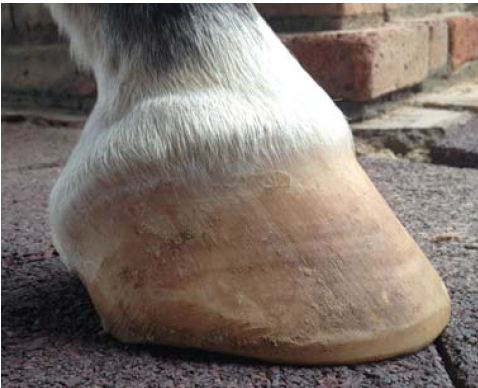
When keeping the ridden horse barefoot, we also get instant feedback about our horse’s general health. Event lines in the horn of the hoof document times of metabolic challenge. You will see a line for each dose of wormer, each vaccination, every flush of grass. If you’ve moved yards, or if your horse has had an injury, or another reason for a period of stress, there will be a ripple visible.
Is the horse footy on stones? Mostly it will have had too much sugar in its diet, or have a pro- inflammatory process going on.
Diet Makes a Difference For Every Horse!
Both Denver and Pirate are “footy” on stones. A little too much sugar in the diet? Well, they have both been getting less treats since last summer, so we’ll see if that makes any difference this year!

So the main disadvantage of keeping ridden horses barefoot is that you will inevitably become much more in tune with your horse’s body. Once you start listening and observing, I warn you now, not all the information is welcome. You may have to adjust your plans and ambitions to fit in with the horse’s schedule, their current capabilities. Your ego may have to step aside. You may have to train at their rate. You may have to learn new skills, such as a little light hoof trimming. You may have to become a feed geek, or a grass geek , or get a whole degree’s worth of knowledge from bitter experience!
Feet reflect both what’s going on inside the horse and also above in the system.

Nic of Rockley Farm wrote a brilliant blog back in 2013 about flares and deviation.
http://rockleyfarm.blogspot.com/2013/03/flare-deviation-and-does-it-really.html
If the horse has funny looking feet, it’s likely because it needs funny looking feet, or because, at this moment, it can only grow funny looking feet. Fix the diet, treat the whole horse,allow and correct the movement, and beautiful feet will grow.
Asking the Right Questions About Horse Hooves
http://rockleyfarm.blogspot.com/2017/10/ask-how-and-why-and-dont-be-afraid-to.html
Asking How? and Why? of any horse care professional is your right, and your duty as guardian of your horse.

If you are not yet ready to not shoe, do please burn this image on your brain. And give those feet a good long shoeing break every year, to keep the feet looking more like the healthy foot on the left of the picture than the right.
Educate yourself. Turn into a hoof geek. And a horse health geek. Ask questions. Be honest with yourself- what do you see when you look at your horse’s feet?
And remember- no foot no horse.
Or as I like to say…”No Hoof-No Horse” I’m all about alliteration!
I’m going to continue doing more research on this issue, and I’d love to hear from you! To shoe, or not to shoe? What say you?
